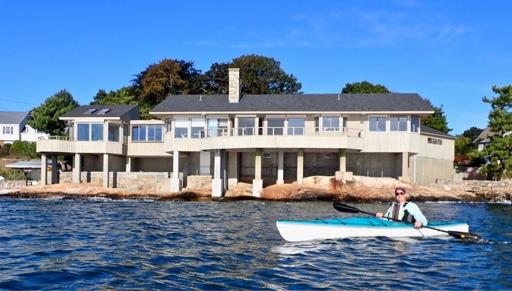Hi. New to forum and am looking for guidance as to a good scope for my needs.
My wife and I just bought a house on the water in New London CT. We are about 15-20 feet elevated from the water.
I am looking to upgrade from cheap Barska scope and am considering a Swarovski STX (85 or 95) or the Kowa TSN 883. Will the angled eyepiece of the Kowa be an issue when looking down onto the water?

My wife and I just bought a house on the water in New London CT. We are about 15-20 feet elevated from the water.
I am looking to upgrade from cheap Barska scope and am considering a Swarovski STX (85 or 95) or the Kowa TSN 883. Will the angled eyepiece of the Kowa be an issue when looking down onto the water?

Last edited:






